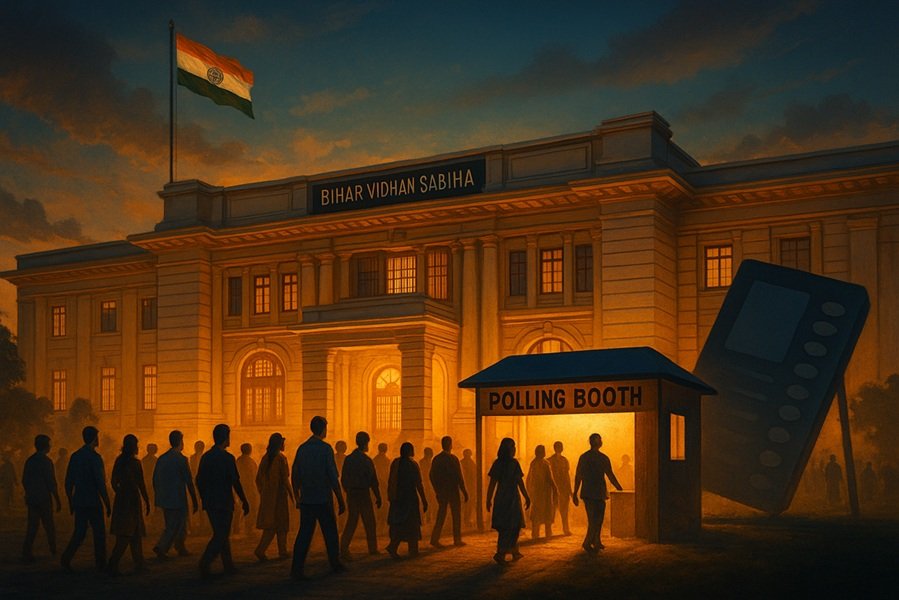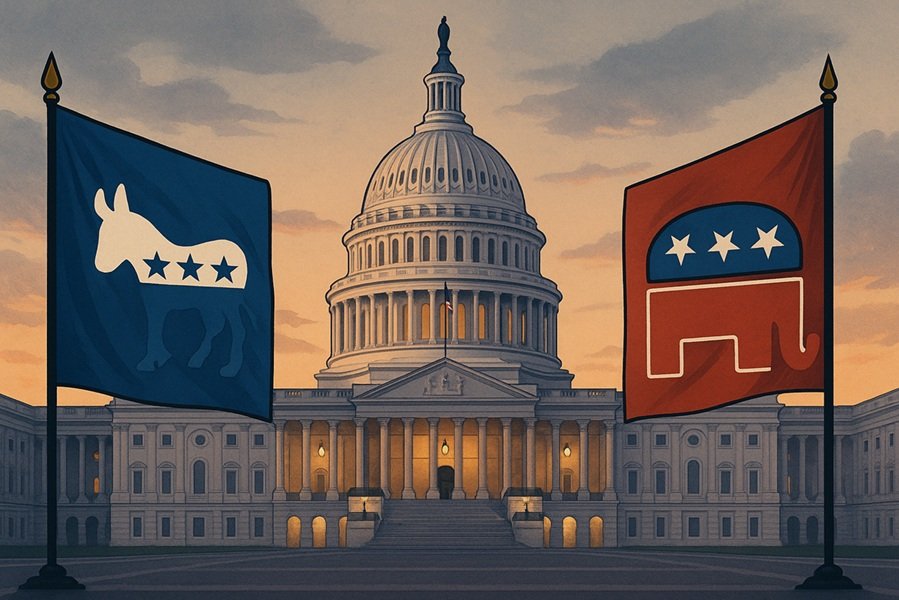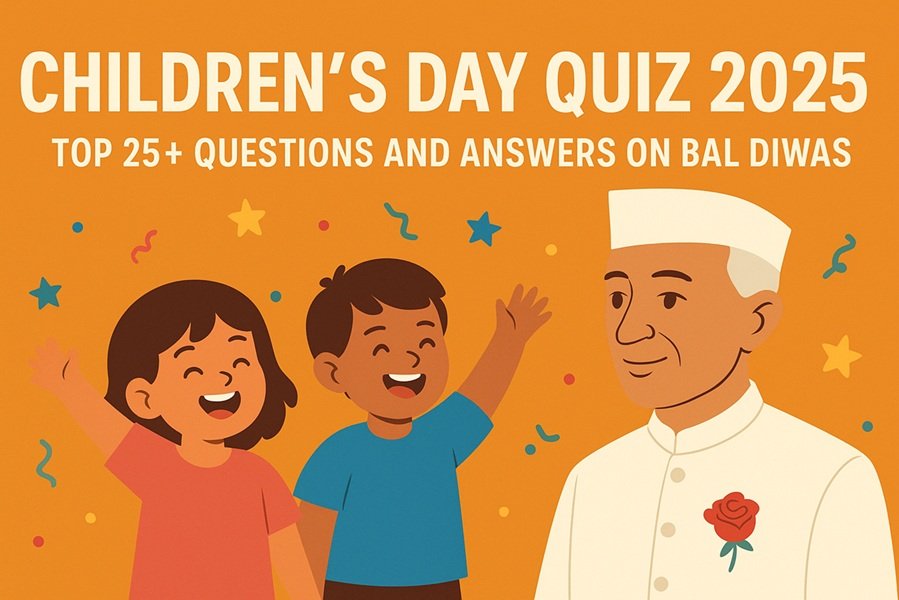
The Kesavananda Bharati v. State of Kerala case, decided on April 24, 1973, remains one of the most significant rulings in Indian constitutional history. The case not only defined the scope of Parliament’s power to amend the Constitution but also established the inviolable “basic structure” doctrine, a cornerstone of constitutional jurisprudence in India.
Background of the Case
Kesavananda Bharati, the head of the Edneer Mutt in Kerala, challenged the Kerala government’s land reform legislation under the Kerala Land Reforms Act, 1963. The Mutt, a religious institution, owned vast tracts of land, parts of which were impacted by the land ceiling and redistribution policies enacted by the state government. Bharati argued that these laws infringed upon his fundamental rights under Articles 25 (freedom of religion), 26 (freedom to manage religious affairs), and 31 (right to property) of the Constitution.
At the heart of the dispute was the extent to which Parliament could amend the Constitution, including fundamental rights, to implement socio-economic reforms. This question had been contentious since India’s independence and had seen varying interpretations in earlier Supreme Court decisions.
Precedent Cases
- Shankari Prasad Case (1951): The Supreme Court upheld Parliament’s power to amend any part of the Constitution, including fundamental rights, under Article 368.
- Golaknath Case (1967): The Court reversed its earlier stance, ruling that Parliament could not amend fundamental rights. This decision was controversial as it limited Parliament’s ability to implement transformative social and economic reforms.
- 24th and 25th Constitutional Amendments (1971): In response to the Golaknath ruling, Parliament passed these amendments, explicitly stating its authority to amend any part of the Constitution, including fundamental rights.
Issues Before the Court
The Kesavananda Bharati case posed several critical questions:
- Does Article 368 grant Parliament unlimited power to amend the Constitution?
- Can Parliament amend fundamental rights?
- Are there any inherent limitations to Parliament’s amending power?
Composition of the Bench
The case was heard by a 13-judge bench, the largest in the history of the Indian Supreme Court. Chief Justice S.M. Sikri led the bench, which also included Justices J.M. Shelat, K.S. Hegde, A.N. Grover, A.N. Ray, and several others. The proceedings lasted for 68 days, with arguments presented by eminent lawyers such as Nani Palkhivala and H.M. Seervai.
The Verdict
The Supreme Court delivered a split 7:6 majority decision. The landmark ruling established the “basic structure doctrine,” which holds that Parliament can amend any part of the Constitution, including fundamental rights, but cannot alter its basic structure or essential features.
Key Elements of the Basic Structure Doctrine
Although the Court did not provide an exhaustive list, certain elements were identified as part of the Constitution’s basic structure:
- Supremacy of the Constitution
- Republican and democratic form of government
- Secularism
- Separation of powers
- Federal character of the Constitution
- Unity and integrity of the nation
- Individual freedoms and dignity
Implications of the Judgment
- Balancing Power: The judgment struck a balance between the rigidity and flexibility of the Constitution. While it empowered Parliament to adapt the Constitution to changing circumstances, it safeguarded the core principles enshrined in the document.
- Judicial Review: The ruling reinforced the judiciary’s role as the guardian of the Constitution, ensuring that amendments do not violate its basic structure.
- Impact on Socio-Economic Reforms: The decision allowed Parliament to pursue progressive reforms, such as land redistribution, while ensuring that fundamental rights and constitutional principles were not undermined.
Criticism and Controversy
The Kesavananda Bharati judgment has been both lauded and critiqued:
- Supporters argue that the basic structure doctrine preserves the Constitution’s sanctity and prevents authoritarian misuse of amending powers.
- Critics contend that the doctrine is subjective and grants excessive power to the judiciary, potentially leading to judicial overreach.
Subsequent Developments
The basic structure doctrine has been reaffirmed in several landmark cases:
- Indira Gandhi v. Raj Narain (1975): The Court invalidated an amendment that sought to place the Prime Minister’s election beyond judicial review, citing the basic structure doctrine.
- Minerva Mills Case (1980): The Court further clarified that a balance between fundamental rights and directive principles is part of the Constitution’s basic structure.
- S.R. Bommai Case (1994): The doctrine was used to uphold secularism as a fundamental feature of the Constitution.
Conclusion
The Kesavananda Bharati case is a defining moment in Indian constitutional law, establishing a robust framework for governance and ensuring the Constitution’s longevity and relevance. By delineating the inviolable principles of the Constitution, the Supreme Court safeguarded India’s democratic ethos, ensuring that its foundational values remain intact amidst changing times and political dynamics. The legacy of this judgment continues to shape India’s legal and political landscape, serving as a testament to the enduring strength of constitutional democracy.





